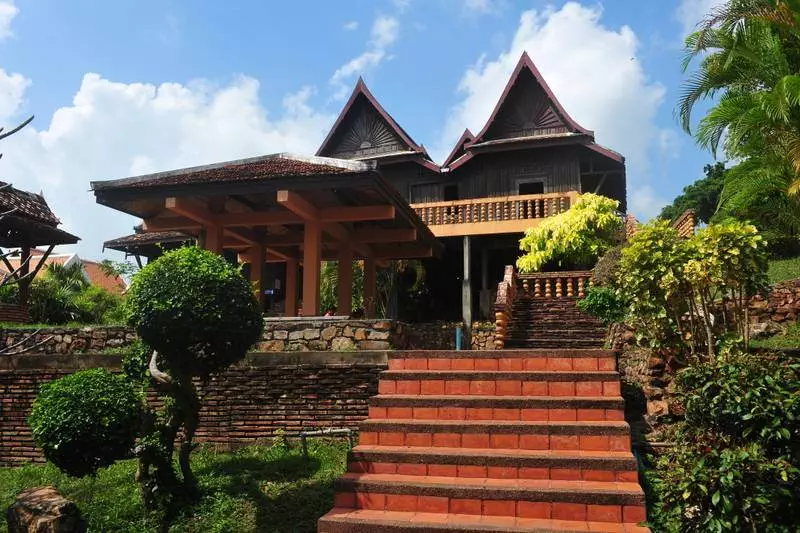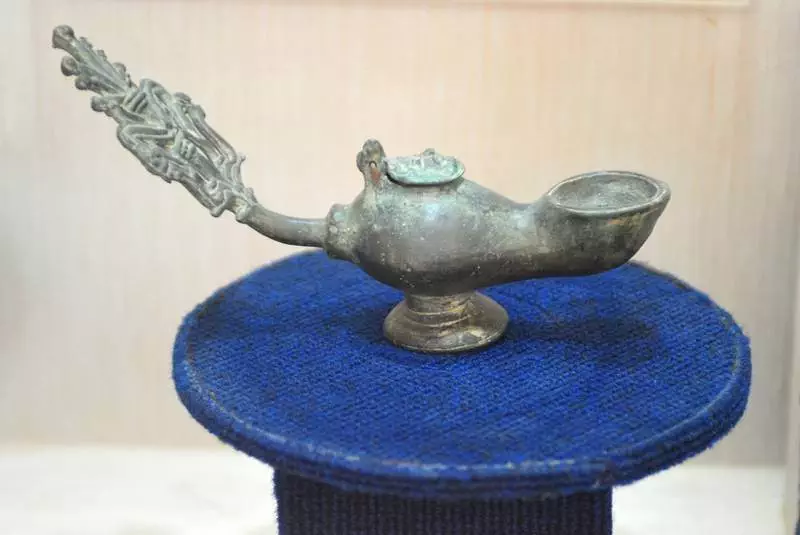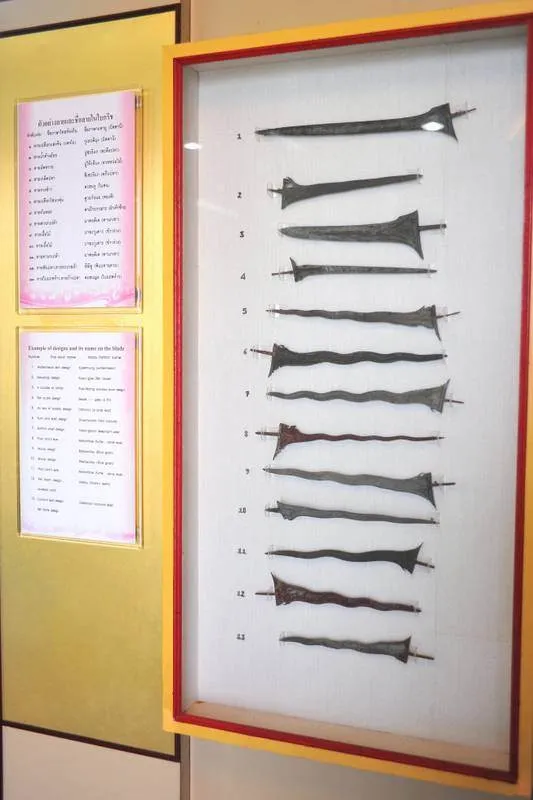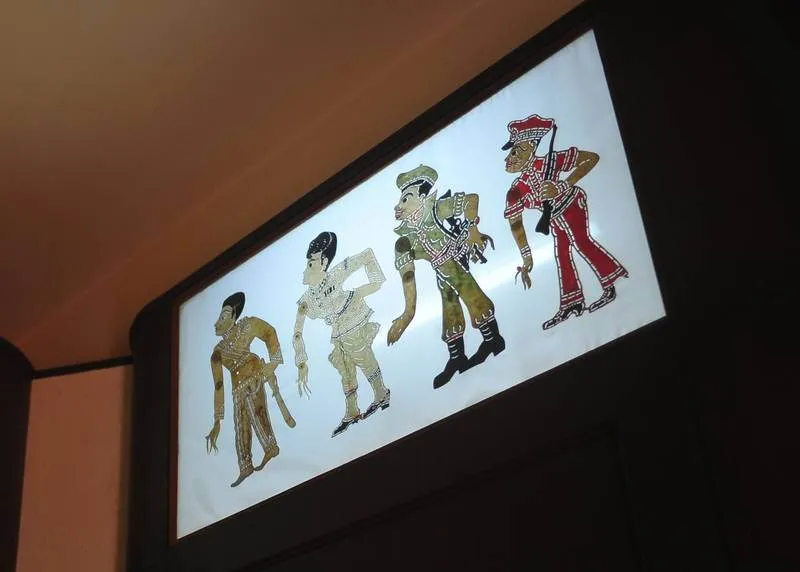I wasn’t sure what to make of this place at first.
It was billed as a chance to take in the history and culture of southern Thailand, officially opened in 1991. What I didn’t expect was a few weird places in an otherwise interesting (but mostly mainstream) place.

A dual-pricing system is in effect, meaning visiting foreigners pay about three times more than locals. Get your tickets near the entrance, then head up the hill to park your scooter / car. Once you’re at the top, head down the stairs and follow the arrows to a large building.

Much as you’d expect, the history and culture of southern Thailand are on display, including this metal kettle from Yala Province. Note that while a number of provinces in the south are safe, a few are not, making it a great chance to see stuff from an area you wouldn’t otherwise be able to visit.

Why, hello there, ladies. No idea why you’re growing from a tree (or being plucked up by one?), but I’m not complaining.

Ostensibly built with a fairly decent budget, and with foreigners paying more, why oh why are there exhibits made from carpet samples?

Over a dozen types of blades on display — kinda cool to see the differences.
Keep heading down the stairs for an weird sort of diorama:

Got nothing. It seems a mixture of about four of five different exhibits, none of which had much signage.
It’s around this point where you’ll be leaving one main building and heading into / through other smaller buildings, some of which are themed. I present you with the coconut grater room:

The metal spiky end coming out of his mouth is what you’d grate the coconuts on.

Oh myy… A couple of other raunchy ones are here, and both genders are represented:
A panel on the wall claims there was no thoughts of obscenity, which I doubt but will go along with. It’s not every day a penis gets carved into a coconut grater, after all.

If there’s one element that was the most disappointing, it was the horrific English on display. Some of the exhibits and rooms looked like they hadn’t been changed or renovated since the place opened… There were signs some rooms were being renovated or had recently gotten some fresh touches, although these are uneven…

A few of the shadow puppets — not pictured here is a small theater showing what a show might have looked like.
There’s a lot on display here — the brochures claims over 50,000 exhibits, which I don’t doubt. There’s a lot of smaller house-sized buildings, each dedicated to holding some different facet of Thai culture. By the end, we started to move a bit quicker from one to the next so we could be done. It’s a large site with an unfortunate number of steps, but if you’re a history or culture buff, there’s plenty to take in. I wouldn’t bring the family here, though.
Name: Folklore Museum, The Institute for Southern Thai Studies
Address: Moo 1, Ban Aow Sai, Koh Yor subdistrict, Muang district, Songkhla, 90100, Thailand (GPS: 7.180120, 100.543022)
Directions: From Songkhla city’s airport, take route 407 southwest out of town. Stay on 407 for about 6 1/2km, then turn right onto route 408 and go about 7km, crossing the bridge to Ko Yo (yes, Yo island) along the way. Look for the entrance to the left just before crossing the other bridge off the island. When you’re ready to leave, your only turning option is left — make a U-turn or cross the bridge to get back to the mainland.
Hours: 8:30am-5:00pm
Admission: 100 baht for foreigners
Phone: 074–591–611
Website: www.tsu.ac.th/ists


